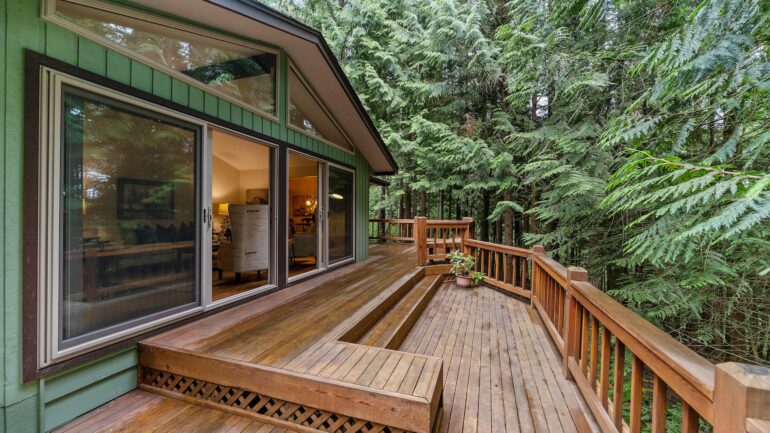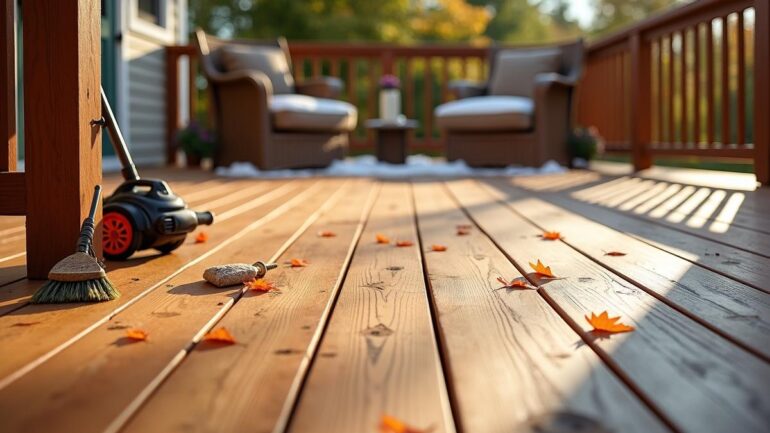Decks add value to your home, provide a place for outdoor relaxation and cooking, and add curb appeal. Installing a deck is easy, but you need to plan.
Deck Footings
Deck footings are a critical part of your deck construction project. They help support the entire structure, ensuring your deck will sustain the dead and live load in deck installation Rocklin CA.
Your deck’s size and construction will determine the footing you select. For example, more substantial footings are needed for elevated decks, while softer footings are more appropriate for lower decks.
A common type of footing is poured concrete. This footing requires digging a hole below the frost line (over 70 inches in some locations), then pouring concrete into it.
Other options include pier blocks and screw pile footings. Both of these are more expensive than poured concrete footings, but they are more stable and durable.
Before choosing a footing, survey the soil conditions where your deck will be located. Softer soils (like clay) often can only support as much weight with wide footing holes.
Deck Joists
Deck joists are the perpendicular members of your deck frame that run from the header board (attached to the house) to the post beams. They support the boards and form a foundation for the footings built into the ground beneath them.
To ensure the joists don’t sag under the weight of people and snow, build them to the maximum allowable spans prescribed by local building codes. These codes identify specific wood types, spacing, cantilevers, and even notches and cut suitable for the area’s climate conditions.
Before laying out the joists, stake each plumbed 6×6 (152 x 152 mm) structural post in place using scrap two-by-fours. Then, add cut points to each by running a two-by-four mock joist from the ledger across each.
Once you’ve established the joist location, dig holes for footing and pier forms in the locations marked by the mason’s strings. These should extend below the frost line and be square to the ledger.
For those who prefer professional assistance or expert craftsmanship, hiring Lake Tahoe Custom Deck Builder & Repair Services (or a similar service in your area) ensures your deck is built to last. Professionals typically adhere to safety codes, use high-quality materials, and guarantee a durable structure that enhances your outdoor space.
Laying the Lumber
Laying the lumber is a deck builder’s most tedious and mind-numbing part. First, ensure every board is positioned correctly to maximize stability and appearance.
To do this, you must plan the layout of your deck boards. Then, when you need to cut and stagger joints to achieve a smooth, uniform appearance, it will save you a ton of time.
To make the most of your lumber, you must give it time to acclimate to the weather before installing it. It is wise to stack and cover your lumber close to the job site for at least a week because of this. It will allow most of the acclimating process before you start the installation.
Finishing
Decks must be finished (stained or treated) to protect them from water and UV rays. For this, a solid stain is the best choice.
Wood finishes come in oil and water-based formulas. Oil-based stains provide deeper penetration into the wood, providing more protection.
Water-based stains are paintlike and can be cleaned up with soap and water. They typically have lower VOC levels than their oil-based counterparts.
The type of finish you choose depends on your priorities. Some prefer to protect their decks from water, while others want a low-luster finish that hides weathering and scratches.
It would be best to wait nine months to a year before applying a penetrating wood stain on pressure-treated wood. This is because it reduces the interior moisture content and allows the pores to open, allowing more of the finish to penetrate the wood.





